

— Blogs —
—Products—
 Consumer hotline +8618073152920
Consumer hotline +8618073152920 WhatsApp:+8615367865107
Address:Room 102, District D, Houhu Industrial Park, Yuelu District, Changsha City, Hunan Province, China
Product knowledge
Time:2024-10-19 12:27:39 Popularity:1127
A weather station is a scientific facility used to observe and record atmospheric conditions. Here is a detailed explanation of a weather station:
-Definition: A weather station, also known as an automatic weather station or Meteorological Station, is a specialized device used to collect, analyze and process meteorological data. Meteorological Stations are mainly used to collect, analyze and process all kinds of meteorological data in the atmosphere, providing scientific basis and decision-making support for many fields, such as weather forecasting, climate research, agricultural management, traffic safety and environmental protection.
Through a variety of sensors and measuring equipment, long-term and continuous monitoring and data collection of temperature, humidity, air pressure, wind speed, wind direction, rainfall and other meteorological elements in the atmospheric environment are carried out. These data are processed and analyzed to provide important support for daily weather forecasting, meteorological research, climate change monitoring, agricultural production, aviation and navigation safety and other fields.
1. Monitoring meteorological elements: recording key meteorological parameters such as temperature, humidity, wind speed, wind direction, barometric pressure and precipitation.
2. Support weather forecasting: provide real-time data to help meteorological departments analyze weather patterns and produce accurate weather forecasts.
3. Climate analysis: study climate trends and understand climate change and seasonal weather patterns through data collected over time.
4. Environmental assessment: Monitor air quality index, greenhouse gas concentration, etc. to assess and report on environmental conditions.
5. Disaster prevention: monitoring meteorological conditions that may cause natural disasters, such as floods, droughts and storms, and issuing timely warnings.
In addition, data from weather stations can provide data support to governments and enterprises to help formulate strategies for coping with extreme weather events; serve as educational resources to enhance public understanding of meteorological science; and support academic research and international data sharing.
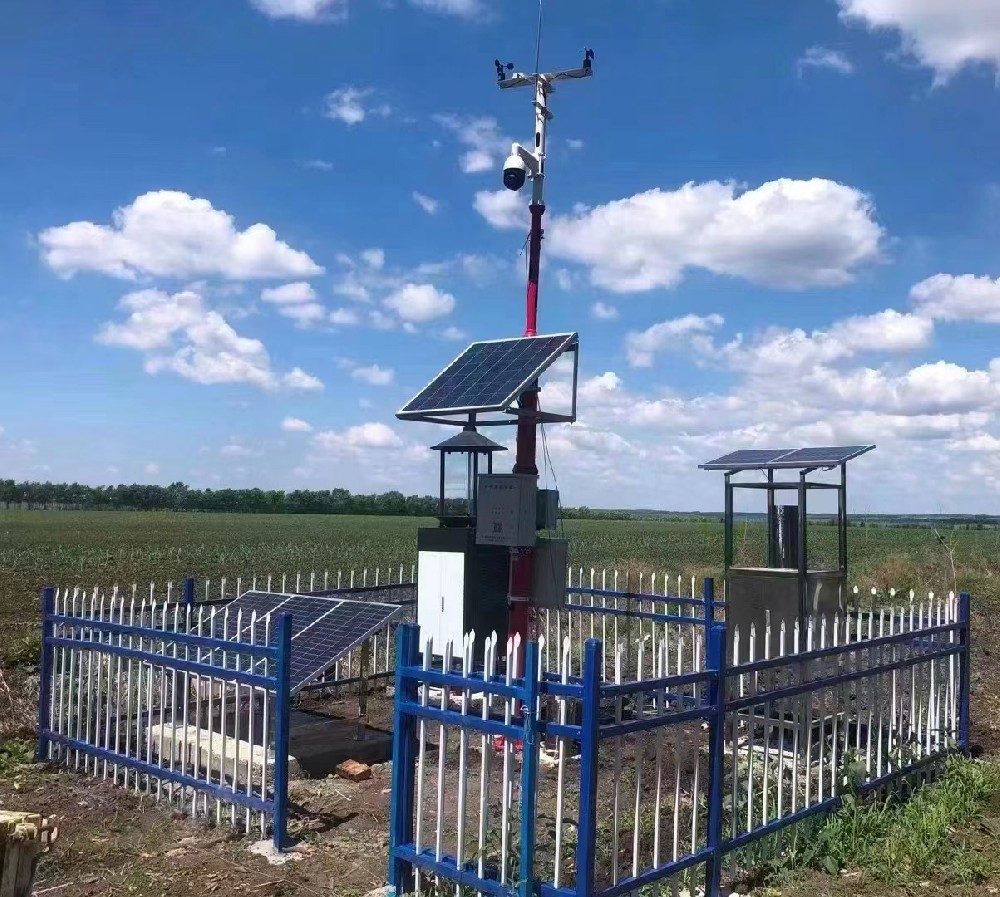
-Composition: A weather station is generally composed of sensors, data collectors, data processing and storage systems, communication equipment and power supply.
-Sensors: responsible for measuring various meteorological elements, such as temperature, humidity, barometric pressure, wind speed, wind direction, rainfall, etc.
-Data collector: responsible for centralized collection of data collected by sensors and transferring the data to the data processing and storage system.
-Data processing and storage system: responsible for processing, analyzing and storing the collected data.
-Communication equipment: responsible for transmitting the processed data to the remote data center or user end.
-Power supply: provides stable power supply for the weather station to ensure the normal operation of the weather station.
-Working Principle: The sensors transmit the measured weather data to the data collector through signal lines, and the data collector transmits the data to the data processing and storage system for processing and analyzing. Then, the communication equipment transmits the processed data to the remote data center or user side for users to view and use.
A good weather station should fulfill a number of criteria and requirements to ensure that it can provide accurate, reliable and timely weather data to support various applications and services. The following are the key elements that a good weather station should have:
The core of a weather station is the sensors, which are responsible for measuring various meteorological parameters, such as temperature, humidity, barometric pressure, wind speed, wind direction, precipitation, and so on.
A good weather station should use high-precision sensors to ensure the accuracy of the data. These sensors should be strictly calibrated and regularly maintained during use.
The weather station should have real-time data acquisition and transmission capabilities so that the measured meteorological data can be transmitted to users or data centers in a timely manner.
The data transmission method can be wireless (e.g. Wi-Fi, Bluetooth, 4G/5G, etc.) or wired (e.g. Ethernet), depending on the deployment environment of the weather station and user requirements.
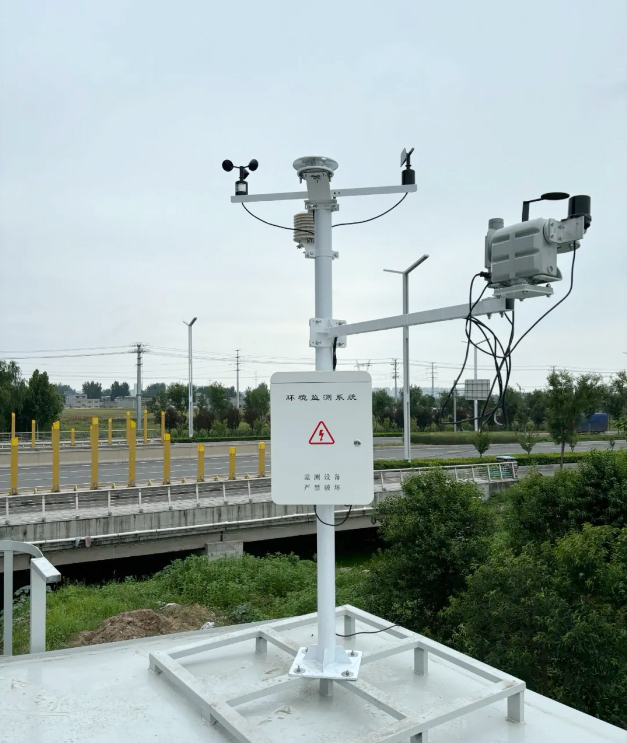
The weather station should be able to operate stably under various severe weather conditions, including high temperature, low temperature, high wind and heavy rain.
The design and manufacture of the equipment should meet high standards and strict quality control to ensure its reliability and durability.
Protective measures against dust, water and corrosion are available to ensure the stability of the equipment in the outdoor environment.
A good weather station should feature easy installation and maintenance so that users can quickly deploy and regularly maintain the equipment.
The device should come with a detailed installation guide and maintenance manual to guide the user in the proper operation of the device.
The weather station shall be scalable so that the user can add more sensors or features as required.
At the same time, the equipment should be compatible with other meteorological systems or data platforms for data sharing and integration.
The weather station should be equipped with user-friendly interface and software so that users can easily view and analyze the weather data.
The software should have an intuitive operation interface, rich data visualization tools and powerful data analysis functions.
Automatic report generation: It can automatically analyze the data and generate meteorological reports to provide decision-making support for users.
A good weather station manufacturer or supplier should provide quality after-sales service, including equipment warranty, technical support and training.
The after-sales service team should be able to respond quickly to user's questions and needs to ensure the normal operation of the equipment and the accuracy of the data.
Detailed documentation: Provide comprehensive user manuals and instruction documents to help users install, operate and understand data correctly.
The design, manufacture and use of weather stations should comply with relevant industry standards and specifications to ensure data accuracy and comparability.
These standards and specifications may include meteorological observation specifications, data quality control standards, and so on.
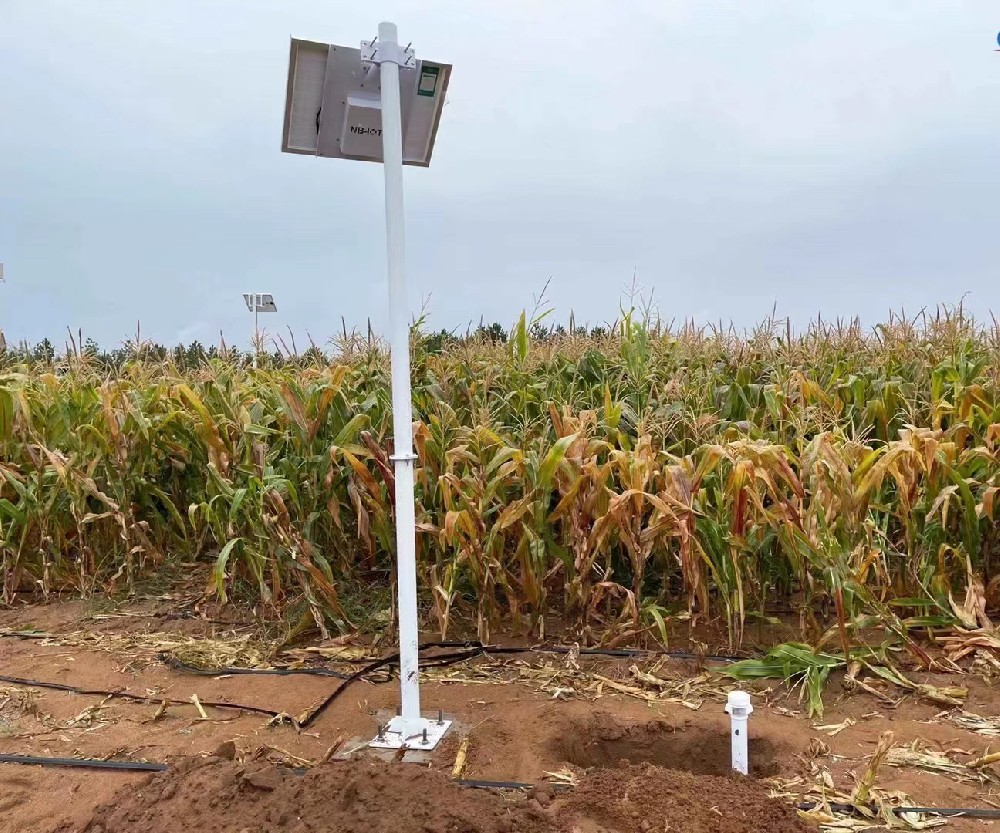
Whether fixed, portable or unattended automatic weather stations, they can adapt to different deployment environments and application scenarios.
For weather stations deployed outdoors or in remote areas, they should have good energy management capability, such as solar power supply system, to ensure long-term operation.
Equipped with multiple sensors, it is capable of monitoring a variety of meteorological parameters, such as temperature, humidity, wind speed, wind direction, barometric pressure, precipitation, light and so on.
Under the premise of quality assurance, the price is reasonable and cost-effective.
To summarize, a good weather station should be characterized by high-precision sensors, real-time data acquisition and transmission capability, stability and reliability, easy installation and maintenance, scalability and compatibility, user-friendly interface and software, good after-sales service, and compliance with industry standards and specifications, etc., and be cost-effective. Such a weather station can provide accurate, reliable and timely weather data support for various applications and services.
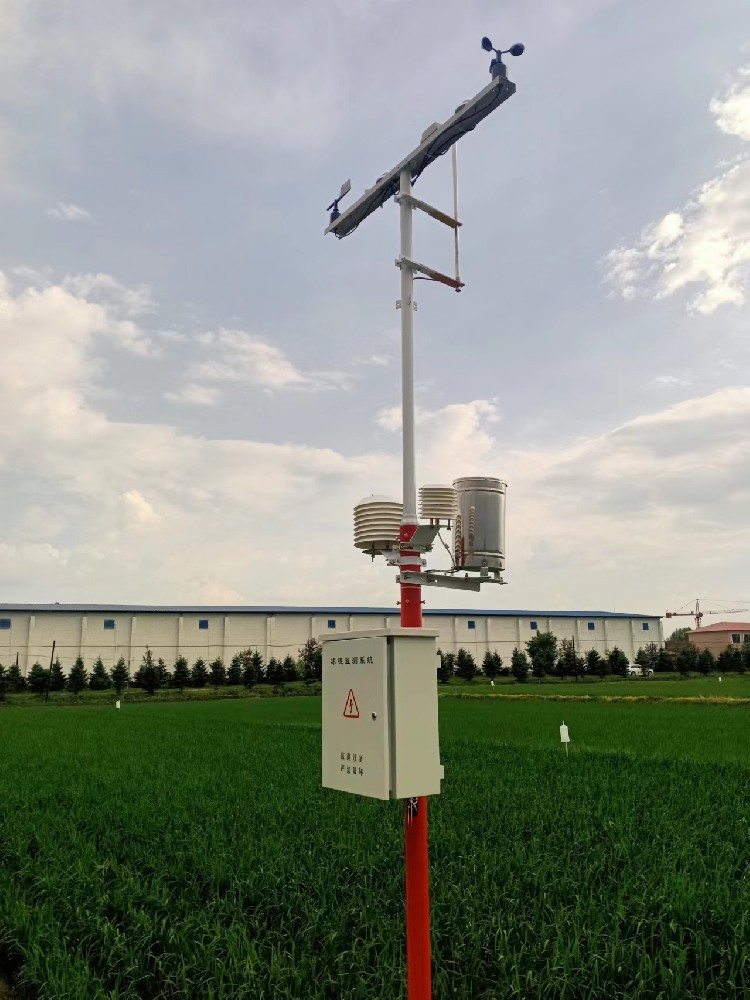
A good weather station has a wide range of application scenarios in several fields due to its high accuracy, stability and versatility:
1. Meteorological field: for weather observation, climate prediction and disaster warning, etc.
2. Agricultural weather station: provide accurate weather service for farmers, help them rationally arrange farming activities and improve agricultural production efficiency.
3. Traffic field: provide real-time traffic weather information for traffic management department to help people adjust their travel routes in time.
4. Environmental protection: real-time monitoring of air quality, temperature and humidity and other environmental parameters, to provide data support for environmental protection departments.
5. Campus weather station: educational use, cultivate students' interest in meteorology.
6. Weather station in scenic spots: to ensure the safety of tourists and optimize the travel experience.
7. Forest weather station: prevent forest fire, protect ecology.
8. Weather station for scientific research: scientific researchers use the weather station to carry out meteorological observations and experiments, which helps to gain a deeper understanding of meteorological phenomena and laws and promote the development of meteorological science.
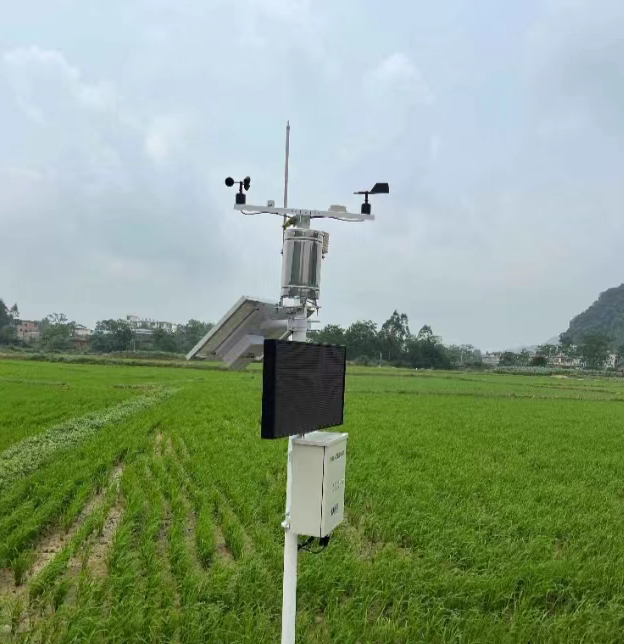
The deployment locations of weather stations vary according to their types and application requirements:
1. Fixed weather stations: They are usually deployed at airports, weather stations, scientific research institutes, schools, parks, farmlands and orchards, etc. where long-term and stable monitoring of meteorological data is required.
2. Portable weather stations: Because of their portability, ease of use and real-time capability, they are usually used for temporary observations or detailed meteorological surveys of specific areas. For example, they are rapidly deployed in military operations to provide battlefield meteorological data; in agricultural production to monitor the microclimate of farmland; and in environmental protection work to monitor the environmental parameters of a specific area.
3. Unmanned automatic weather stations: they can transmit and process data through remote communication devices without human intervention, and are usually deployed in remote areas or harsh environments, such as high mountains, islands, deserts and other remote areas, for research on special climatic conditions.
4. nature reserves and forests: monitoring environmental changes and protecting ecology.
5. cities and villages: to monitor urban heat island effect and assess air quality.
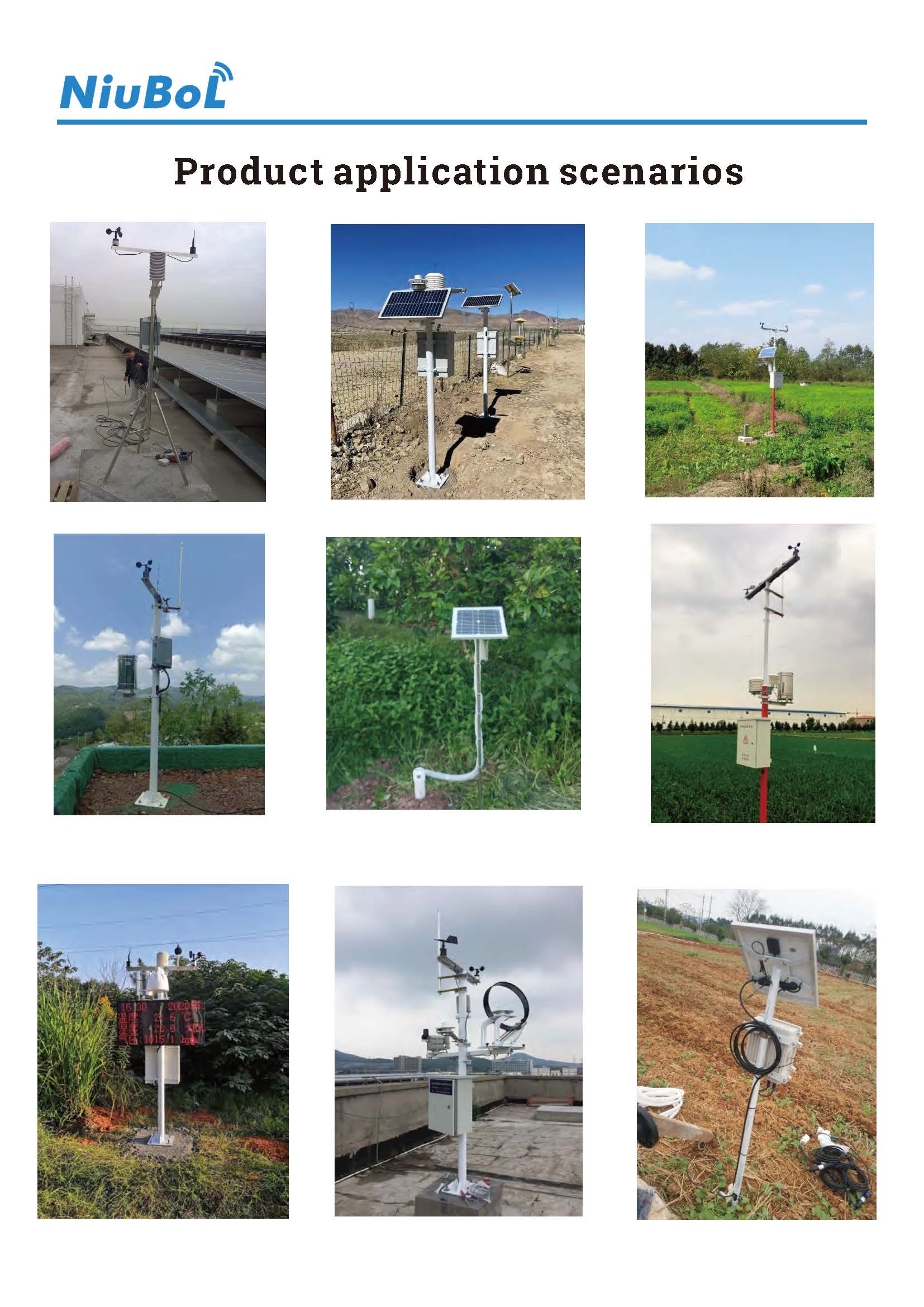
In short, a good weather station should have high-precision sensors, real-time data acquisition and transmission, stable reliability, easy to install and maintain, scalability and compatibility, user-friendly interface and software, good after-sales service, and compliance with industry standards and specifications, and at the same time be cost-effective. It has a wide range of application scenarios, including meteorological observation, agricultural production, transportation management, and environmental monitoring.
Weather stations can be deployed in fixed locations such as airports, schools, farmlands, etc., or as portable devices for temporary observation, or as unattended automatic stations in remote areas. These weather stations provide accurate and reliable meteorological data support for various fields.
Related recommendations
Sensors & Weather Stations Catalog
Agriculture Sensors and Weather Stations Catalog-NiuBoL.pdf
Weather Stations Catalog-NiuBoL.pdf
Related products
 Combined air temperature and relative humidity sensor
Combined air temperature and relative humidity sensor Soil Moisture Temperature sensor for irrigation
Soil Moisture Temperature sensor for irrigation Soil pH sensor RS485 soil Testing instrument soil ph meter for agriculture
Soil pH sensor RS485 soil Testing instrument soil ph meter for agriculture Wind Speed sensor Output Modbus/RS485/Analog/0-5V/4-20mA
Wind Speed sensor Output Modbus/RS485/Analog/0-5V/4-20mA Tipping bucket rain gauge for weather monitoring auto rainfall sensor RS485/Outdoor/stainless steel
Tipping bucket rain gauge for weather monitoring auto rainfall sensor RS485/Outdoor/stainless steel Pyranometer Solar Radiation Sensor 4-20mA/RS485
Pyranometer Solar Radiation Sensor 4-20mA/RS485
Screenshot, WhatsApp to identify the QR code
WhatsApp number:+8615367865107
(Click on WhatsApp to copy and add friends)
